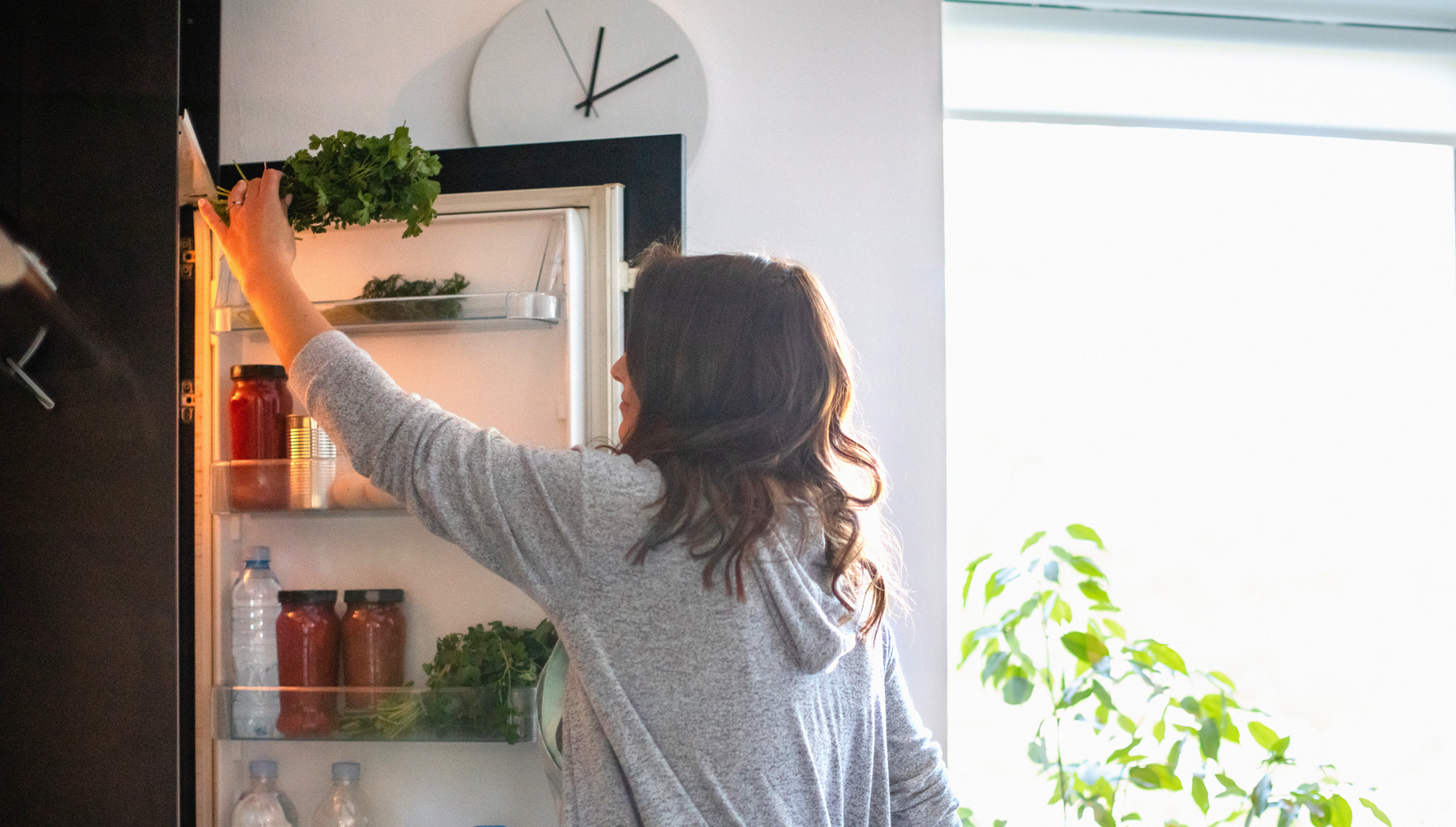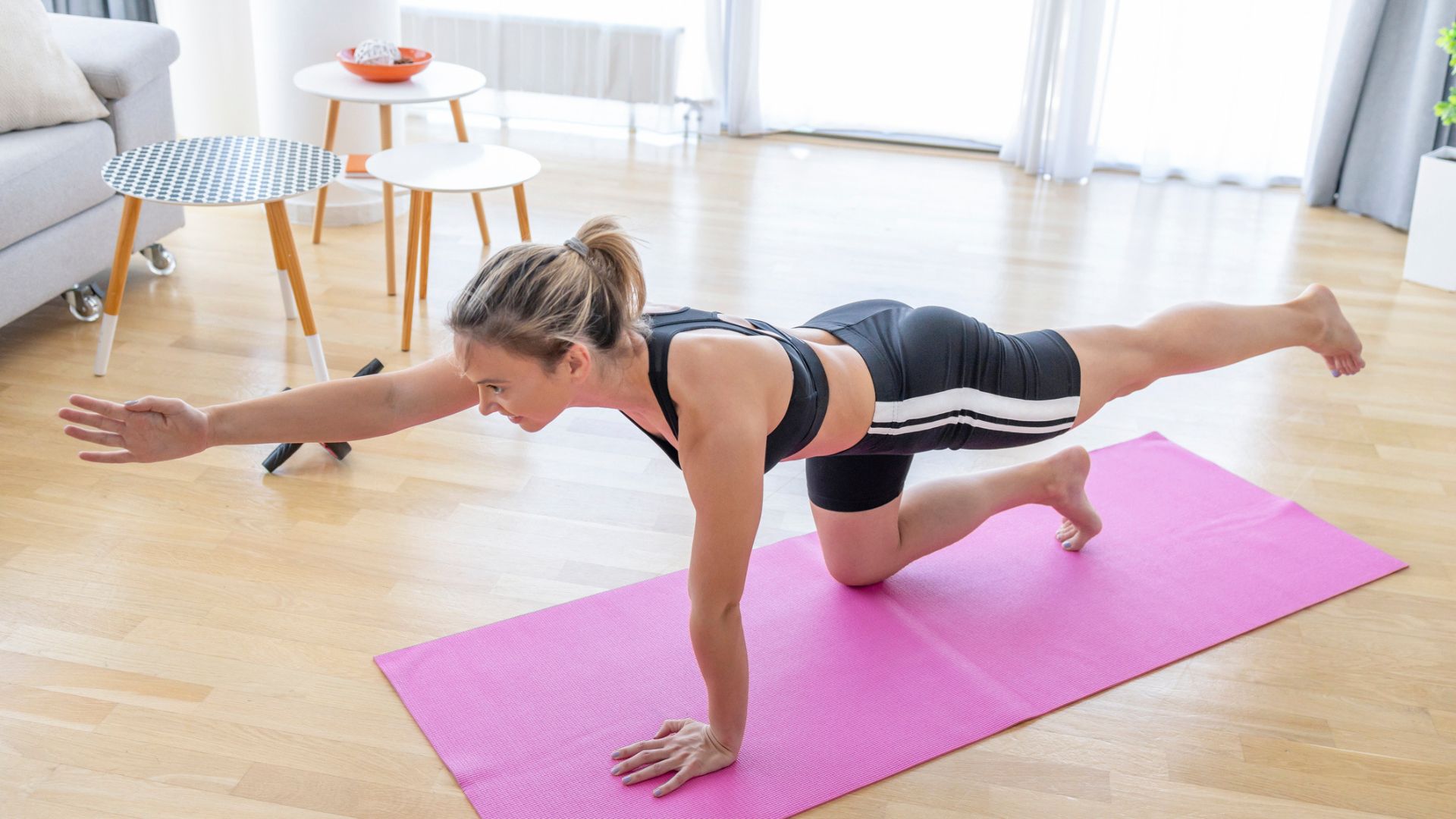I made a few small changes and found eating 30 plants a week easier than it sounds
Hugh Fearnley-Whittingstall's new recipe book helped me on my way to this healthy-eating target

I like to think I eat reasonably healthily, but I'm aware my diet isn't as varied as it should be. I've also heard that eating 30 different types of plants a week is the key to good gut health—and good health in general—but 30 sounds like a lot, doesn't it? So when Hugh Fearnley-Whittingstall released a new recipe book with the self-explanatory title of How To Eat 30 Plants A Week, I decided there'd never be a better time to see if eating 30 different types of plants a week is achievable.
Why 30 plants a week?
In professor Tim Spector's introduction to the book he explains the science behind the 30-plants-a-week idea. Spector's research with the American Gut Project and British Gut Project explored the relationship between diet and a helpful gut biome with 11,000 volunteers. They were surprised to discover that, as Spector writes, "it was the variety of different plants people ate that gave rise to the most positive outcomes".
"Our gut microbes thrive on having a variety of fibers to choose from, using each of them to make different chemicals for us like mini personal pharmacies," writes Spector. "Nurturing our gut microbiome makes us more likely to sleep better, move more, benefit from improved mood and energy levels and generally enjoy life more." That certainly sounds good to me.
How do you do it?
There's no getting around the fact that 30 plants a week sounds like a high target. But the good news is that it's not as hard as you might think to eat 30 plants per week. According to Fearnley-Whittingstall's book, herbs and spices count, even in small amounts, as they have a high concentration of plant chemicals. I was also surprised to find that coffee, tea and chocolate all count towards your number too.
The book has a useful section of practical advice about making small changes to the way you shop, cook and eat. Tips include using frozen veg, how to incorporate more seeds and nuts into your meals, thinking about beans differently and using snacks as an opportunity to eat more plants.
How I got on
At first I merely started counting the number of plants I was eating anyway. I was off to a smug start as I usually have muesli for breakfast with yogurt and fruit, and that racked up 10 plants straight away—bingo! This is easy, I thought.
With a few different veggies included at lunch and dinner and some fruit snacks, after just two days I'd hit 20 plants and thought I'd cruise through the challenge easily.
Get the Fit&Well Newsletter
Start your week with achievable workout ideas, health tips and wellbeing advice in your inbox.
But then I stalled, realizing that I often eat the same vegetables, fruit and grains. It was time to get creative. I poked around in my cupboards for tins of beans, and rummaged in the freezer for frozen veg. I shopped around for some veggies that I enjoy but rarely eat, and rediscovered the herbs growing in my window box.
One night I made a veggie and bean chili with odds and ends of vegetables languishing in my fridge, chucking in spices with abandon. I then froze half for a dinner another week—future me will be grateful.
On the weekend when getting a takeout I ordered carefully, choosing Vietnamese dishes that contained huge handfuls of herbs and plenty of vegetables that wouldn't normally feature in my own cooking.
I got my hands on a copy of How To Eat 30 Plants A Week about halfway through my week, and it gave me plenty of inspiration, from the practical advice at the beginning to the 100 recipes designed to get you eating more plants without it feeling like a chore.
I'm planning to make a batch of Fearnley-Whittingstall's dukka, a crunchy sprinkle of seeds and spices that's an easy way to jazz up a dish—it goes especially well with avocado or eggs.
I liked the look of the caponata with chickpeas and apricots, and the green eggs with herbs and halloumi—those are next on my list to make.
Aiming for 30 plants a week encouraged me to be more imaginative. There were plenty of simple, easy additions I could make to most meals—a handful of spinach leaves or some frozen peas stirred into a dish, or I could add a pinch of spices, a few fresh herbs, a squeeze of lime or a sprinkle of seeds.
If you're prepared to be more adventurous with varieties of pulses, beans and lentils, and to mix things up with different nuts, seeds and spices then it's not difficult to hit the target. And as Fearnley-Whittingstall writes, "thirty plants a week cannot help but deliver more deliciousness to your plate".
I found it rather satisfying to use up odds and ends of vegetables in the fridge, or packets of nuts and seeds in the cupboards. I've stocked up on dried fruit and nuts, which I find make great snacks.
So how many plants did I manage in a week? At least 50, and it never felt like a chore. I rediscovered my love for various half-forgotten plants and enjoyed the chance to think creatively about food. I feel like it's got me out of a cooking rut. I'm not sure if it's helped my energy levels, sleep or general enjoyment of life, but perhaps it's too soon to expect such radical changes.
Was it expensive?
Obviously if you rush out and buy a ton of fresh ingredients it will come at a considerable cost, and you may end up wasting some of it. But if you plan ahead and shop thriftily, it doesn't have to be expensive. "There are loads of accessible, affordable plants, fresh and dried, frozen and tinned, pickled and even fermented," writes Fearnley-Whittingstall.
You probably have a lot of plants hidden away in your cupboards already. My fridge contained many more odds and ends of vegetables, jars of chutney and pickles and so on than I realized. And I found that by basing my meals around eating more plants, I cut down on the amount of meat I bought, which saved me money.
I'll keep aiming for 30 plants or more a week. As well as being healthy, it's much more interesting than eating the same things all the time.
Camilla Artault is a fitness writer with a passion for running and yoga. She interviews experts and writes about a wide range of topics for Fit&Well encompassing health, fitness and nutrition.
-
 I did bird dog every day for seven days and now I understand why trainers recommend it for core strength, spinal health and posture
I did bird dog every day for seven days and now I understand why trainers recommend it for core strength, spinal health and postureThis simple bodyweight move has so many benefits
By Alice Porter
-
 A yoga instructor says this eight-minute routine is all you need to mobilize your entire body
A yoga instructor says this eight-minute routine is all you need to mobilize your entire bodyStiff and achy muscles? Try this
By Alice Porter